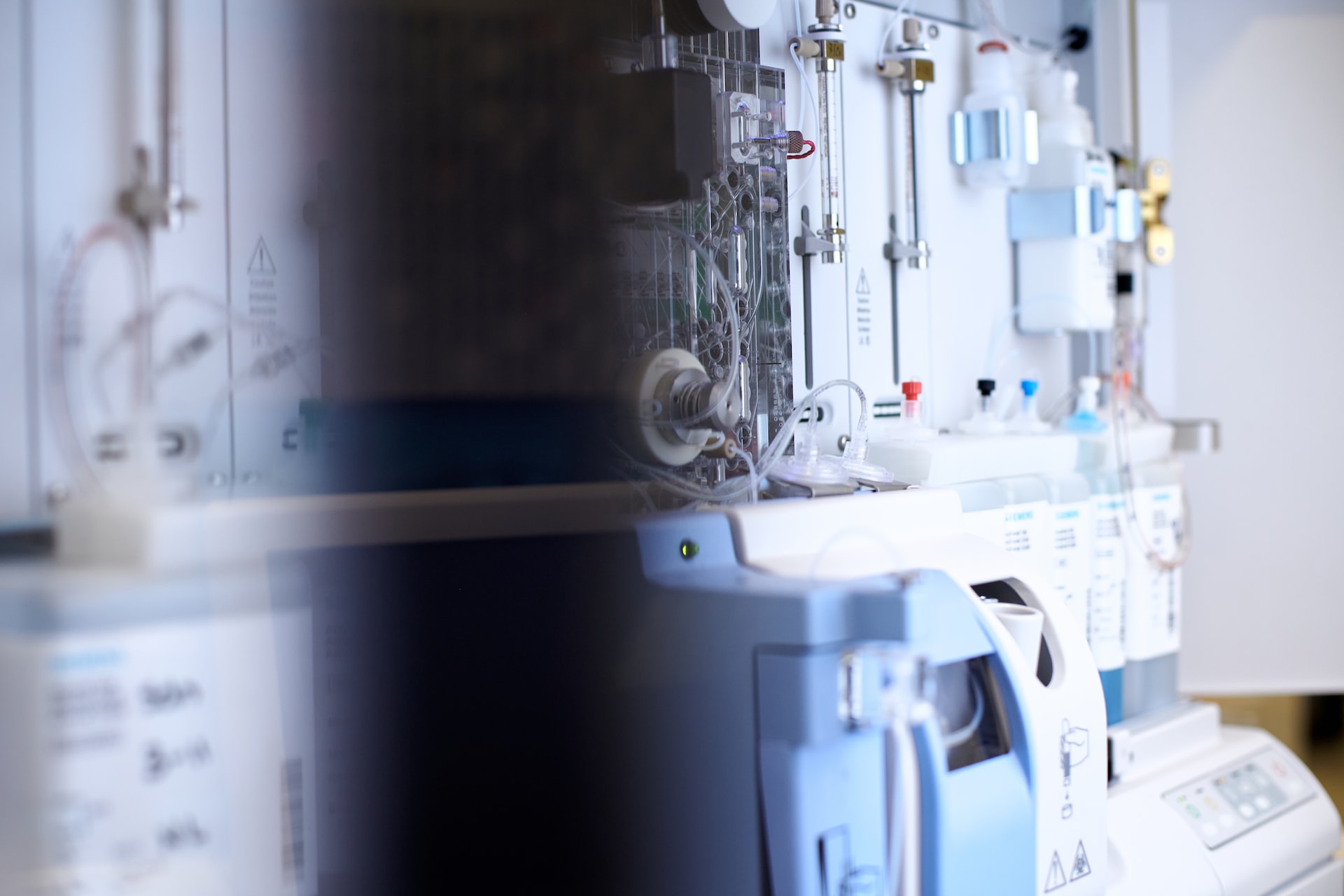E-waste is the world’s fastest-growing domestic waste. According to a United Nations’ Global E-waste Monitor report, 53.6 million metric tonnes (Mt) of electronic waste (e-waste) is being produced globally, annually.
Every year, a significant amount of cellphones, smartwatches, and other wearable devices are discarded for a newer model.
Reconfigurable LEGO like chipware could update the devices while reducing electronic waste
Now researchers at the Massachusetts Institute of Technology (MIT) have come up with a solution. They are upgrading previous models in place of discarding them for a newer one. Researchers built a stackable, reconfigurable LEGO-like artificial intelligence chip that can be upgraded with the latest sensors and processors.
MIT researchers have used the technology of “optical transmission” of information without using physical wires
The AI chip design consists of alternating layers of sensing and processing elements, along with light-emitting diodes (LED) that allow for the chip’s layers to communicate optically. For transmitting information through the chip, MIT researchers used light, rather than physical wires. As a result, the chip can be reconfigured with layers that can be swapped out or stacked on.
“You can add as many computing layers and sensors as you want, such as for light, pressure, and even smell,” MIT postdoc Jihoon Kang said in a press release. We call this a LEGO-like reconfigurable AI chip because it has unlimited expandability depending on the combination of layers.”
The team’s results are published in Nature Electronics.







